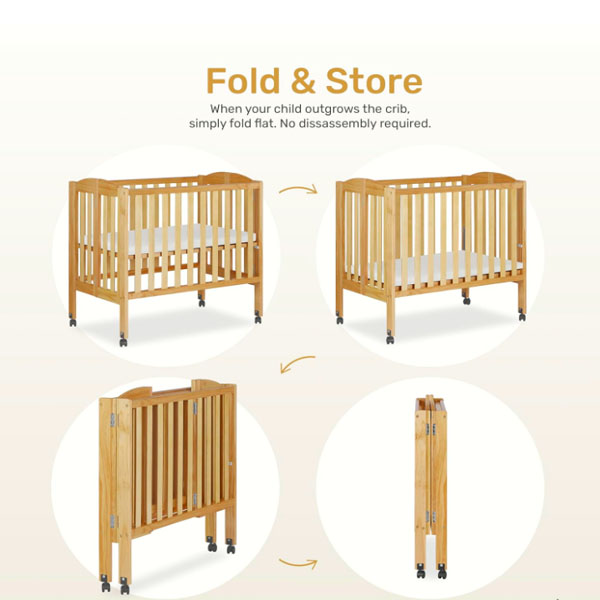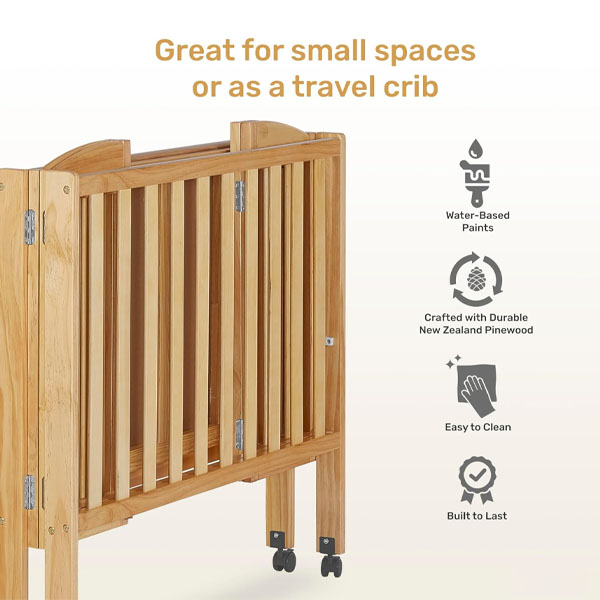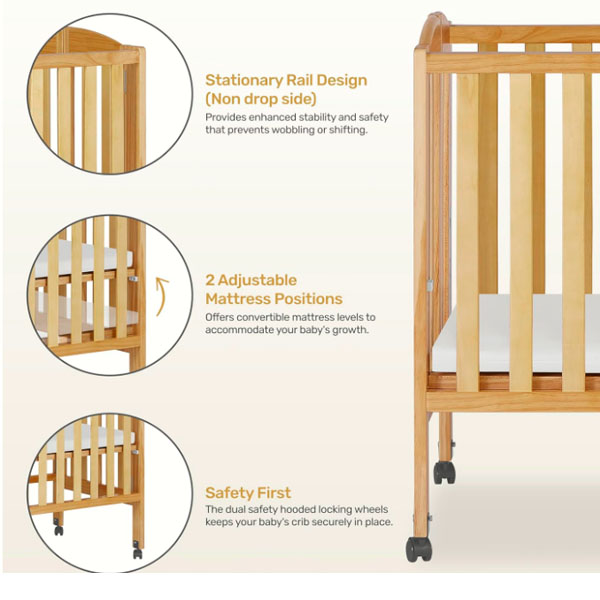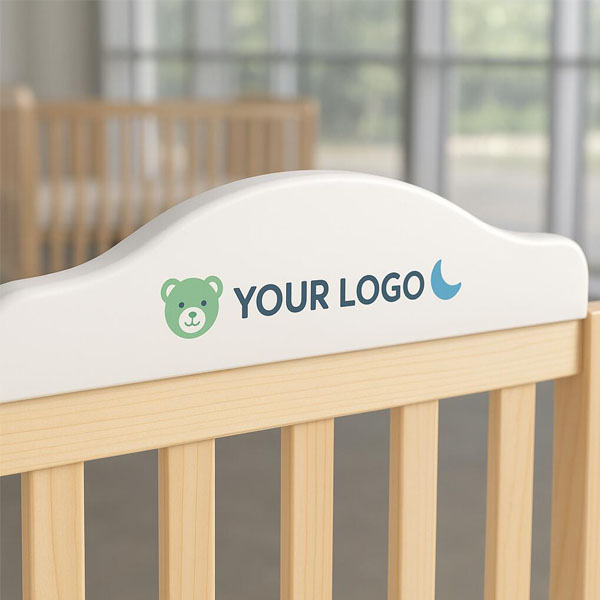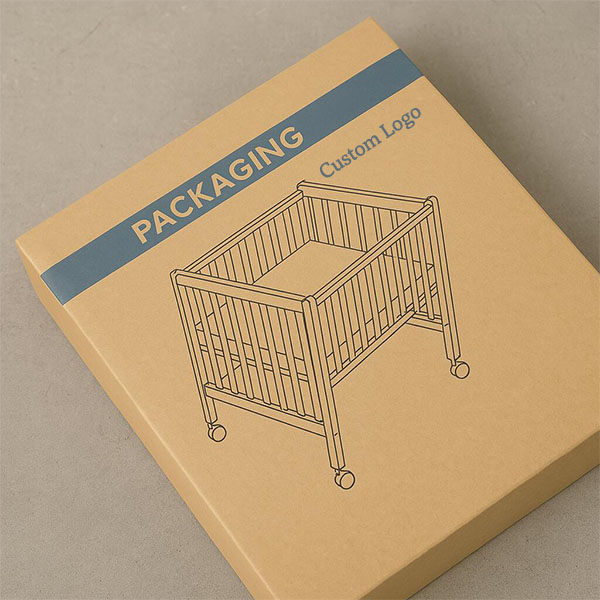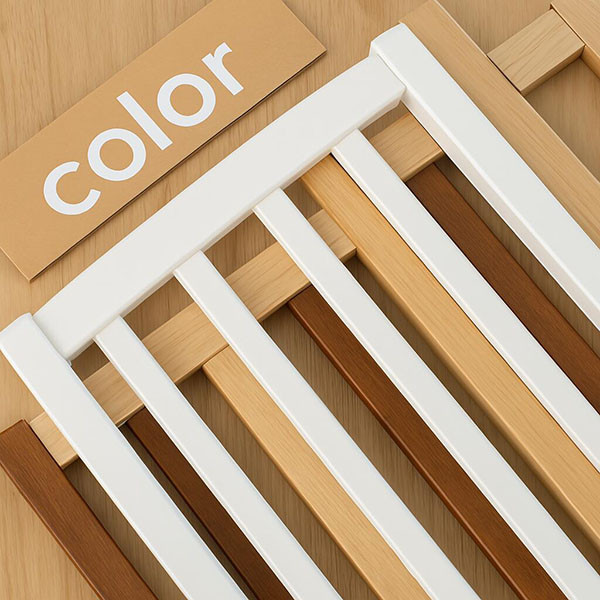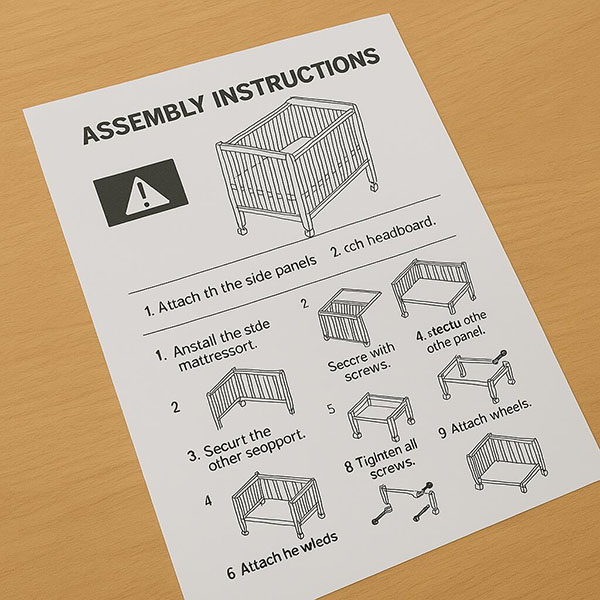What do Australians call a crib?
You sell baby furniture globally. Using the wrong term for a key market like Australia can confuse customers and make your brand seem inexperienced. This simple mistake is easy to avoid.
In Australia, a baby crib is called a "cot." The term "crib" is rarely used and might be misunderstood. Using the local term "cot" is essential for clear communication and marketing in the Australian market and shows you understand the local culture.
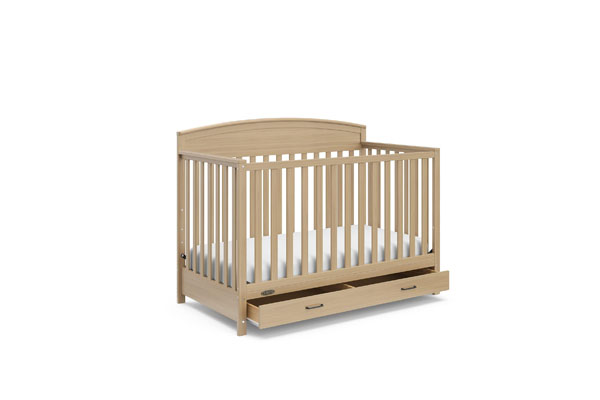
I remember the first time I worked with a buyer from Sydney. I kept referring to our new line of "cribs," and he politely corrected me. "Down Under, we call them cots," he said. This small detail highlights a bigger point. Understanding local market standards is about more than just language; it’s about the specific safety regulations that protect children in that country.
What are the standards for cots in Australia?
Selling to Australia is a great opportunity. But their strict safety standards can be a barrier. Not knowing the specific mandatory standard can lead to rejected shipments and costly mistakes.
The mandatory safety standard for cots in Australia is AS/NZS 2172:2003. This standard covers specific requirements for design, construction, labeling, and performance testing to ensure the cot is safe. Compliance is not optional; it is legally required for all cots sold there.

For any professional buyer, knowing the specific standard for a target market is the first step. The Australian standard is one of the most rigorous in the world. When we manufacture for our Australian partners, we have a dedicated production line and testing process to ensure every single cot meets these requirements perfectly. It’s a non-negotiable part of our process.
Key Requirements of AS/NZS 2172
This standard is incredibly detailed to prevent specific dangers.
- Bar Spacing: The space between the vertical bars must be between 50mm and 95mm. This is precisely measured to prevent a baby’s body from slipping through while stopping their head from getting trapped.
- Cot Depth: The distance from the top of the mattress base to the top of the cot side must be at least 600mm when the base is in the lowest position. This depth is critical for preventing a toddler from climbing and falling out.
- Strength and Durability: The standard includes tough tests where the cot’s frame, base, and bars are subjected to pushing, pulling, and impact forces. The cot must pass without breaking or creating a hazard.
- Safe Design: The rules prohibit dangerous protrusions, sharp edges, and any small parts that a child could loosen and choke on.
Meeting this standard is a sign of a high-quality, responsible manufacturer.
Should cribs be certified?
Your customers expect genuine safety. Simply saying a crib is "safe" is not enough to build true confidence. You must be able to prove it with credible, independent verification.
Absolutely. A crib must be certified to the mandatory safety standards of the country where it is sold. In the U.S., this is the CPSC/ASTM standard. Certification by an independent third-party lab is proof that the crib has been properly tested and is legally safe.
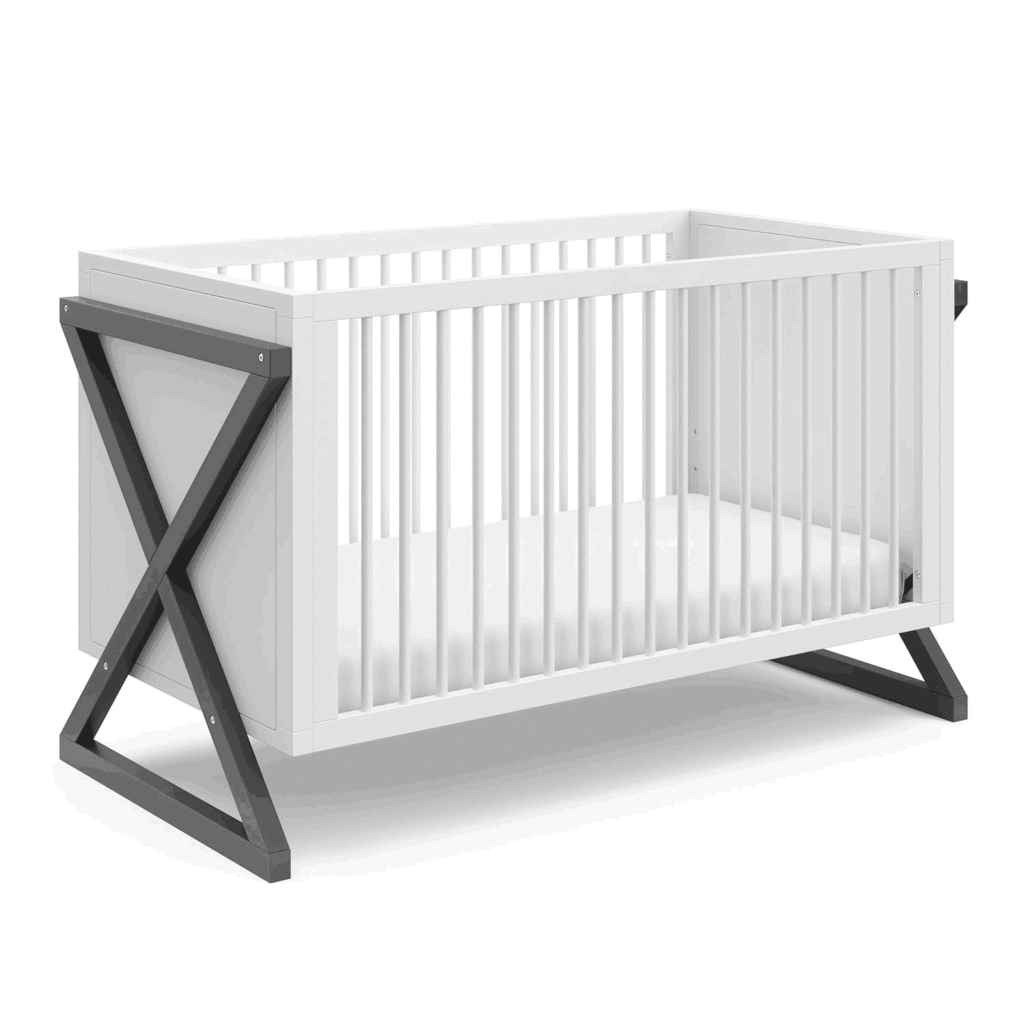
When I founded my company, I decided that our brand would be built on trust, not just on products. Certification is the foundation of that trust. It is the core of your brand’s authority. For a parent, you are not just selling a bed; you are selling the single most important safety product for their child’s first two years. Your commitment to certification shows you understand that responsibility.
The Foundation of Trust
Certification is your promise to your customer.
- Mandatory Physical Safety: Regulations like ASTM F1169 (USA), EN 716 (Europe), and AS/NZS 2172 (Australia) are required by law. They are designed to prevent physical injuries like entrapment, falls, and structural collapse. Selling a product without this certification is illegal and irresponsible.
- Voluntary Health Safety: Certifications like Greenguard Gold have become a new standard for excellence. This voluntary program tests for over 10,000 chemicals and VOCs (volatile organic compounds). It certifies that the crib contributes to cleaner, healthier indoor air for the baby. Brands that pursue this extra level of certification position themselves as leaders in child health and well-being.
As a manufacturer, providing these certificates is how we empower our brand partners. We give them the proof they need to build unbreakable trust with their customers.
How many years is a crib good for?
You want to tell customers your cribs are a great long-term investment. But how long is a crib actually safe to use? Giving the wrong information can have serious safety consequences.
A new crib is generally safe for up to 10 years, as long as it has not been recalled and all parts are in perfect condition. However, it is not recommended to use a crib for multiple children, as repeated assembly can weaken the joints and hardware.
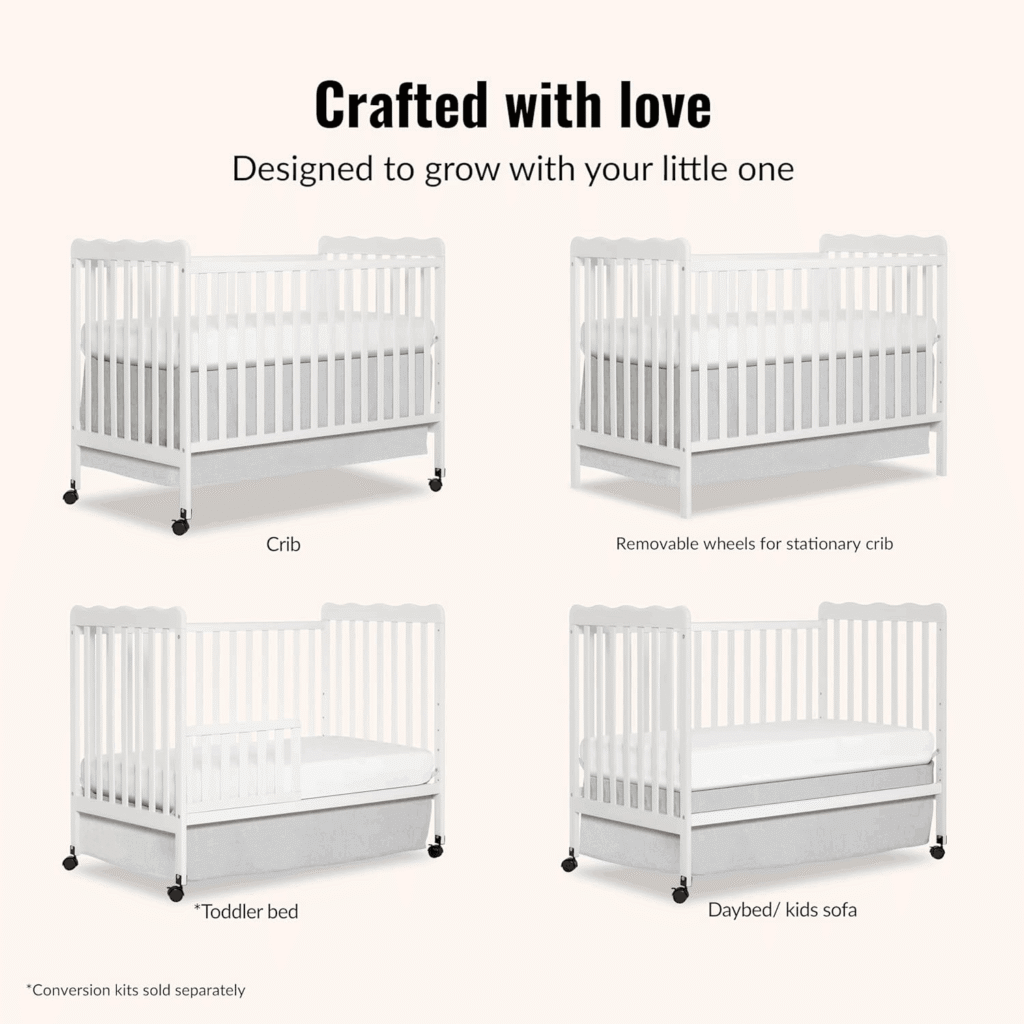
I often get this question from brands. While our solid wood cribs are built to be very durable, our primary focus is always safety. A crib’s an active-use product. Children push, pull, and even chew on the rails. This daily use, combined with being taken apart and put back together, puts stress on its structure over time.
Factors That Affect Lifespan
- Wear and Tear: Every time a crib is assembled, the screws and bolts create stress on the wood. Over time, holes can widen, and joints can become less secure. A crib that feels wobbly is no longer safe.
- Updated Safety Standards: Safety standards evolve. A crib that was perfectly safe 10 years ago may not meet today’s stricter rules on things like slat strength or mattress support design. This is why using a very old hand-me-down crib can be risky.
- Recalls: Always check the manufacturer’s website or government safety sites for recalls before using an older crib.
We advise our partners to communicate that while the materials are durable, the certified safety has a practical lifespan. This honest communication builds further trust with the end user.
What are the levels of a crib?
A crib with multiple mattress levels is a key selling feature. But if you cannot clearly explain why it matters, you’re missing a chance to highlight an important safety benefit.
Most modern cribs have 2 to 4 adjustable mattress levels. The highest level is for newborns. As the baby grows and becomes mobile, you must lower the mattress to the lowest setting to prevent them from climbing out. Each level corresponds to a developmental stage.
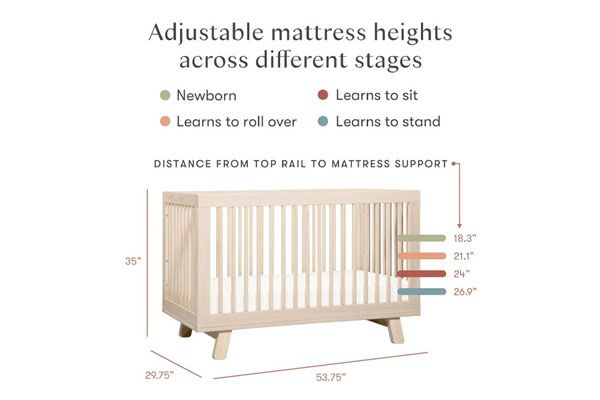
This adjustable feature is not for convenience; it is a critical safety design. We engineer our mattress supports to be very strong and easy to adjust, but it is vital that parents understand when to make those adjustments. The timing is linked directly to the baby’s abilities.
Using Mattress Levels for Safety
| Here is the simple guide we provide to our brand partners for their instruction manuals. | Level | Baby’s Stage | Safety Reason |
|---|---|---|---|
| Highest Setting | Newborn (0-4 months) | Easy for parents to lift the baby. Baby is not yet mobile. | |
| Middle Setting(s) | Baby can sit up (5-8 months) | Lowers the baby so they cannot pull themselves over the rail from a sitting position. | |
| Lowest Setting | Baby can stand (9+ months) | This is the safest position. It creates the maximum depth and prevents a climbing toddler from falling out. |
Once a baby can pull themselves to a standing position, the mattress must be in the lowest possible setting. This is a non-negotiable safety rule.
What is a crib 5 rating?
You might hear technical terms like "Crib 5" and worry about compliance. Is this a standard you need for baby cribs? Understanding this term prevents serious confusion and unnecessary costs.
The "Crib 5" rating is not for a baby crib. It is a strict fire retardancy standard (BS 5852) in the United Kingdom for foam and fabrics used in upholstered furniture in public buildings like hotels or offices. It does not apply to domestic baby cots or cribs.

This is a perfect example of why the world of international furniture standards can be so complex. The term "Crib 5" is misleading. It has absolutely nothing to do with a baby’s bed. The "crib" in this case refers to a small, wooden-framed ignition source used during the fire safety test.
Understanding Different Regulations
- The "Crib 5" Test: This test uses a small wooden structure (the "crib") that is set on fire on a piece of furniture to see how the upholstery and fillings resist ignition. It’s designed for high-risk environments where fire safety is a major public concern.
- Baby Crib Regulations: Safety standards for baby cribs focus on preventing different kinds of risks: falls, entrapment, and structural failures. While baby mattresses must meet separate flammability standards, the wooden structure of the crib itself is not subject to a "Crib 5" test.
This is why working with an experienced manufacturer is so important. We help our partners navigate this maze of global regulations, ensuring they only test for and certify to the standards that are actually required for their specific product in their specific market.
What is the cribs for kids certificate?
You may see the "Cribs for Kids" name and associate it directly with product safety. But is this a certification that your manufactured products need to carry? Understanding its role clarifies its mission.
The "Cribs for Kids Certificate" is not a manufacturing standard. It is part of a U.S. safe-sleep education program run by the nonprofit organization Cribs for Kids®. They provide certificates to parents who complete their training, and they distribute safe cribs to families in need.
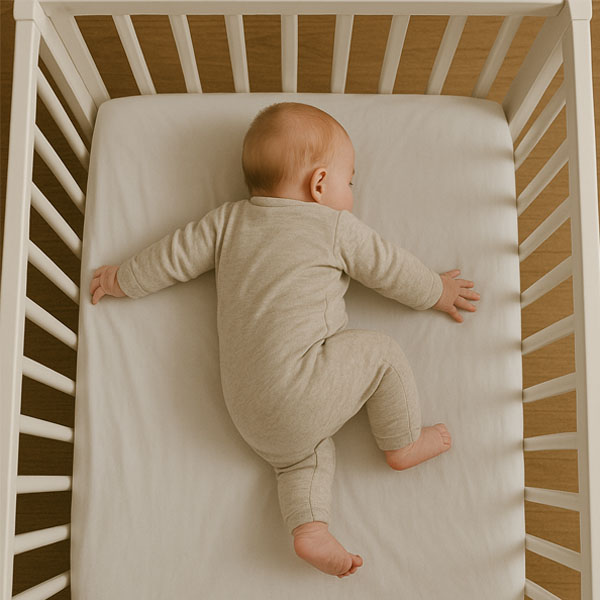
Cribs for Kids® is a wonderful organization with a critical mission. As manufacturers and brand owners, they are our partners in the larger goal of keeping babies safe. It is important to understand the role they play.
A Mission of Education and Access
- What they do: Their primary goal is to prevent infant sleep-related deaths. They do this by teaching parents and caregivers the ABCs of Safe Sleep: a baby should sleep Alone, on their Back, in a safe Crib.
- The Certificate: The certificate is given to parents to show they have completed this educational training. It is a sign of knowledge, not a product certification.
- Providing Cribs: They also provide safe, CPSC-compliant portable cribs to families who cannot otherwise afford one, ensuring every baby has a safe place to sleep.
While they don’t certify our factory’s products for commercial sale, their work is essential. They prove a point we make to our partners every day: providing a safe crib is only half the battle. We must also empower parents with the knowledge to use it safely.
What’s 4 of a kind in a crib?
You might hear a customer mention getting "4 of a kind in a crib" and be completely confused. What could this possibly mean? It is a classic example of a single word having a very different meaning.
"4 of a kind in a crib" has nothing to do with a baby’s bed. It is a high-scoring hand in the classic card game called Cribbage. In this game, the "crib" is a separate hand of cards belonging to the dealer.
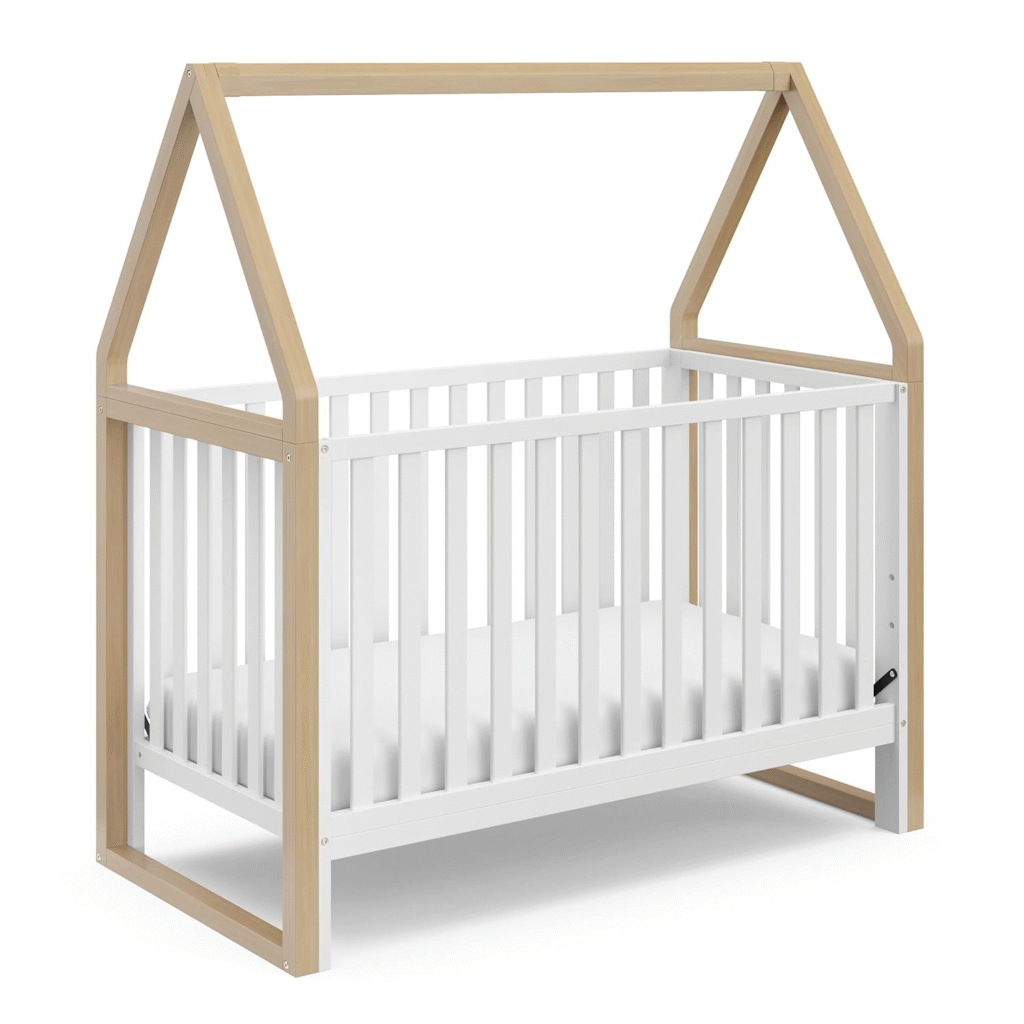
I had a good laugh with a Canadian buyer about this once. It is a fun reminder that clear communication is vital in global business! The word "crib" can mean many things. To us, it means a safe bed for a baby. But to a card player, it means something completely different.
A Fun Lesson in Language
- The Game: Cribbage is a very popular card game, especially in North America and the UK. It was invented in the 1600s.
- The "Crib" Hand: At the start of a round, each player discards a couple of cards into a small pile. This becomes an extra hand called the "crib," which is scored by the dealer.
- A Great Hand: Getting four cards of the same rank (like four 7s) in your hand or in the crib is a very rare and high-scoring combination.
When we talk with our clients, we always use specific terms like "baby cot" or "infant crib" to make sure there is no confusion. It ensures we are all focused on the most important thing: the safety of the child.
Conclusion
A brand’s authority is built on proven safety. Selling a cot is not just a transaction; it’s providing a safety-certified solution and building your brand as a trusted authority on safe sleep.




